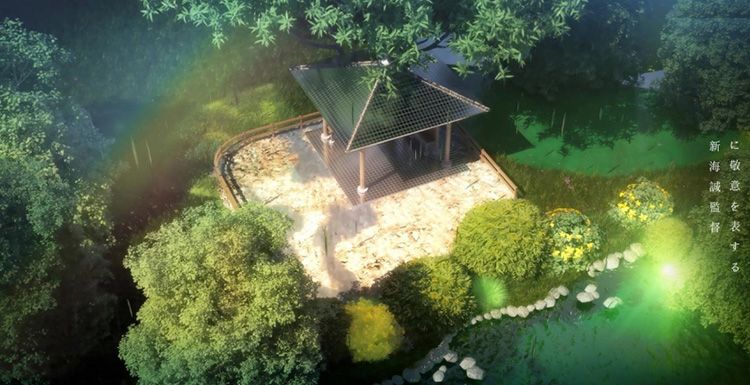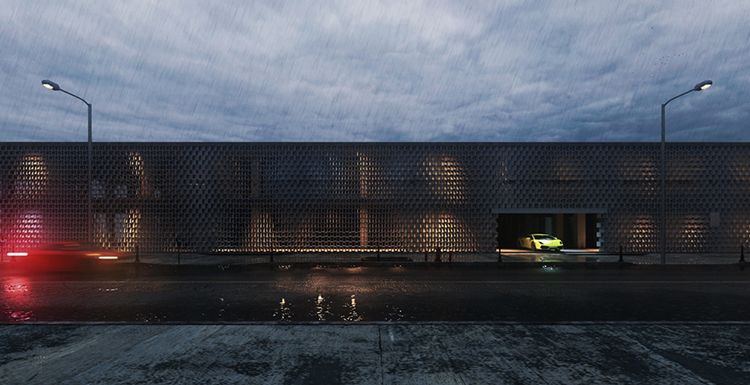3D Tutorial: Noctis Lucis Caelum(1)

This time, your TPN-Accredited cloud render farm, Fox Renderfarm shares with you a 3d tutorial about Noctis Lucis Caelum. Software used:3ds Max、Hair Farm、V-Ray、Photoshop、Mudbox、Substance Painter
Introduction
Character artist Weilong Zhang has been in the CG industry for five years. He shared the production process of the work "Noctis Lucis Caelum" and explained the problems encountered and its solutions.
Pre-production
Before starting, I had a general idea, and then I drew the idea in my mind into a sketch.

Before starting to make a model, you also need to consider the composition of the scene, such as the position of the characters.

At the same time, glass is used to replace the existence of the visual focus behind the character, and the existence of lines is expressed by the halo and some windows in the background.

The bright surface of the window allows the visual center point to be concentrated on the black dark part on the upper right side, which enhances the pressure of the scene and highlights the role.

The light of the character gradually changes from right to left, and the background changes from left to right, so that the scene will not be focused and a halo is added to the left in the later stage.

Building the model
To save time, the model uses a head model modification from a previous project, making sure that the scale of the model is similar to the scale in the design diagram. But the most important point is to pay attention to the direction of the bones and muscles for a more attractive character. Of course, in some cases, in order to achieve better results, appropriate modifications can be made while ensuring that the planning structure is correct.

Weilong Zhang has been engaged in the production of CG characters for many years, and he has his own production method. His method is to draw all the bones and muscles of the head in his own way, taking into account the angle of the scene, lighting, and the lines of the face.

The clothes are also sculpted in ZBrush, but you need to pay attention to the distribution of folds on the fabric to be reasonable.

In order to speed up, Weilong Zhang still uses some alpha.

The insert stitch 01 brush is used on the clothesline, and the zipper chain uses a brush called IMM ZipperM.

Once you are satisfied with the carving of the clothes, use the topology tool ZRemesher to perform automatic topology, and then import it into 3ds Max for adjustment.

Skin details
The details on the face such as pores can be drawn manually, or you can find some alpha to make the pores.

This is the final step, but pay attention to leaving a layer.

The glass behind the character is made with the Rayfire.

The UV processing is very simple, and it is made by UV Master directly.

To be continue..
Recommended reading
Top 9 Best And Free Blender Render Farms of 2025
2024-12-30
What is Jibaro? Reveal the Story and Techniques Behind the Production of Jibaro "Love, Death & Robots"
2025-11-03
Top 10 Free And Best Cloud Rendering Services in 2026
2025-12-25
9 Best & Free 3D Rendering Software for Architects & Designers
2025-12-08
Top 8 After Effects Render Farm Recommended of 2025
2025-02-10
Easy Cel Shading Tutorial for Cartoon in Blender Within 2 Minutes
2025-11-26
Shocked! The Secret Behind Using 3D to Make 2D Animation was Revealed!
2025-02-10
How to Render High-quality Images in Blender
2024-12-04
Partners
Previous: 3D Tutorial: Noctis Lucis Caelum(2)
Next: Blender 2.90 is out now!
Interested







